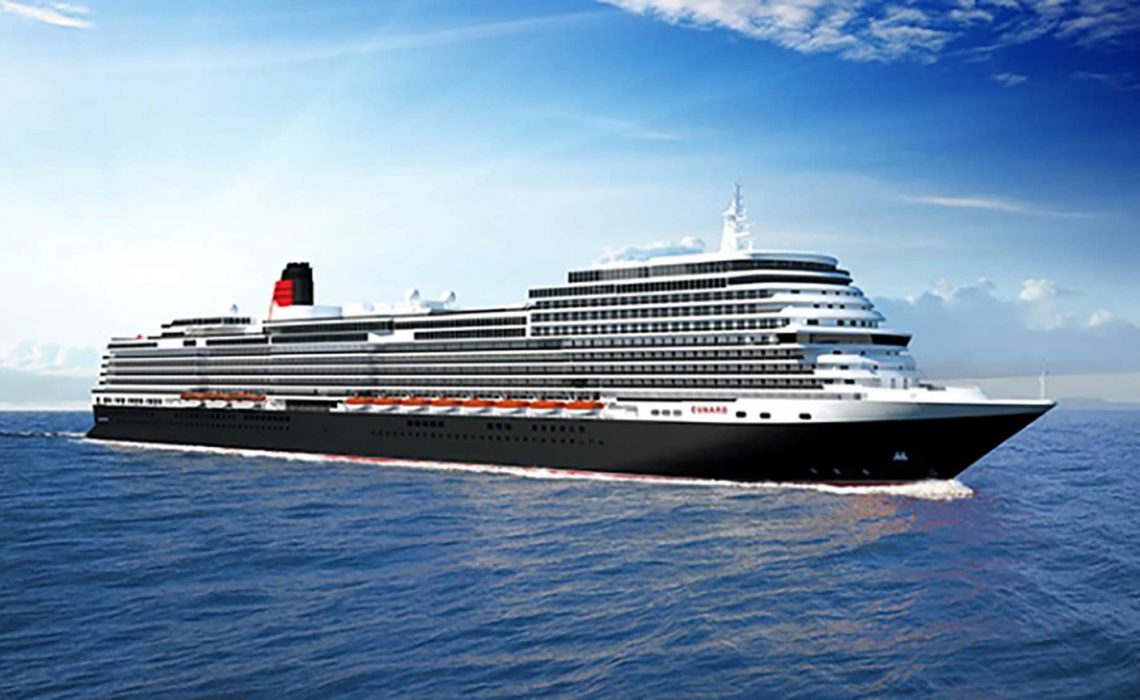
You might also like:
The ongoing expansion of the cruise industry fleet has started to reach lines that don’t often add tonnage.
Cunard Line said that parent Carnival Corp. will build a fourth ship for the brand. The 113,000-ton vessel, set to launch in 2022, will arrive 12 years after Cunard’s last newbuild, the Queen Elizabeth.
Also expanding will be Azamara Club Cruises, which next year will acquire P&O Cruises’ Adonia, a sister ship to the two 690-passenger vessels Azamara has operated since being founded by Royal Caribbean Cruises Ltd. in 2007.
The two transactions highlight the confidence cruise executives have in the current demand for cruising and in those two niche cruise models in particular.
Larry Pimentel, president and CEO of Azamara, said the expansion “is a validation of the concept that we have developed and pioneered, and it is also a very strong nod that the board is supportive of brand growth.”
Pimentel took the helm at Azamara in 2010 and devised a strategy of staying in ports during the evening and on overnights. With two older ships, part of the R-class fleet originally built for Renaissance Cruises in 2000, Pimentel put a heavy emphasis on destination. The strategy has become Azamara’s signature, and with only two midsize ships, the line has more demand that it can handle.
“It’s going to help them a lot,” said Matthew Eichhorst, president of Expedia CruiseShipCenters in Vancouver. “Agents would have a hard time getting on the product before because there was such limited tonnage.”
The ship, to be called the Azamara Pursuit, will look nothing like it does as the Adonia, Pimentel said. (The Adonia might also be familiar to U.S. agents: it sailed for Cuba cruise pioneer Fathom in 2016.) Before the ship departs on its first cruise for Azamara in August, the hull will be repainted, the interiors will be refurbished “bow to aft” and the public areas will get a different look and feel, he said.
Adding a sister ship offers advantages such as common spare parts and ease of crew training. And another vessels reduces the number of low-yielding repositioning cruises. “It allows us in the same year to be many more places,” Pimentel said.
Another Queen
Carnival developed Cunard’s niche of large-ship luxury cruising with a heritage theme after its acquisition of the brand in 1999, when it began playing up Cunard’s storied history and two-class service tradition. “No other line really does that,” Eichhorst said.
The ship will be built by Fincantieri. It is as yet unnamed but undoubtedly is destined to carry the Queen moniker that the Cunard ships do, and will carry up to 3,000 passengers.
“It seems a little big compared to what they’re used to,” said Kimberly Wilson Wetty, co-owner and co-president of Valerie Wilson Travel in New York. The three other ships range in capacity from 2,014 to 2,705 passengers. “But assuming they’re still really designing ocean liners, I’m sure they’ll be able to build a ship that feels elegant and has the space and size you need,” she added.
Both Cunard and Azamara have a tendency to be overshadowed by brands at their respective companies with larger fleets and bigger market profiles.
Wetty said the new ship for Cunard is a welcome sign that Carnival officials are “invested” in the ships, and gives the brand new currency.
“It creates great energy and buzz about a brand, especially one that may not be in the limelight all the time,” she said.
Sоurсе: travelweekly.com



